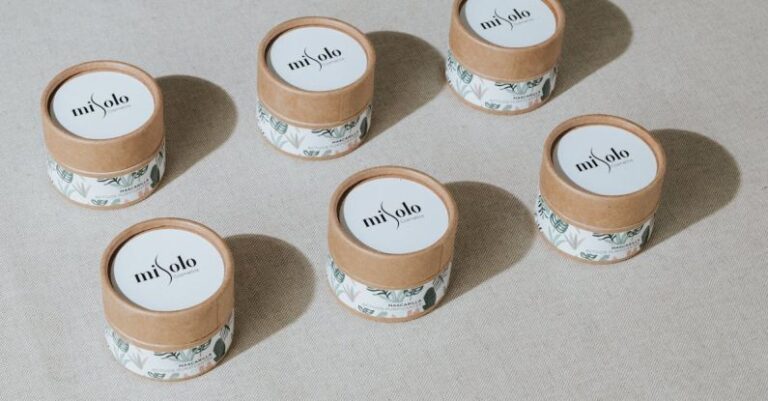Is Glossy or Matte Paper Better for Your Catalog’s Look and Feel?
When it comes to creating a visually appealing catalog, the choice between glossy and matte paper can significantly impact the overall look and feel of your printed materials. Both options have their own unique characteristics that can enhance or detract from the presentation of your products or services. Understanding the differences between glossy and matte paper is crucial in determining which option is better suited for your specific catalog design needs.
**Reflective Quality**
One of the primary distinctions between glossy and matte paper is their reflective qualities. Glossy paper has a shiny finish that reflects light, creating a vibrant and eye-catching appearance. This high reflectivity enhances the colors and contrasts in images, making them appear more vivid and dynamic. On the other hand, matte paper has a non-reflective surface that absorbs light, resulting in a softer and more subdued look. Matte paper is ideal for designs that require a more understated and elegant presentation.
**Image Sharpness**
The choice between glossy and matte paper can also impact the sharpness and clarity of images in your catalog. Glossy paper tends to enhance the details and sharpness of photographs, making them appear more crisp and defined. This is particularly beneficial for catalogs featuring high-resolution images or intricate product details that need to stand out. Matte paper, while not as sharp as glossy paper, offers a more subdued and artistic quality that can complement certain design aesthetics.
**Color Saturation**
Color saturation is another crucial factor to consider when deciding between glossy and matte paper for your catalog. Glossy paper tends to intensify the colors in images, making them appear more vibrant and saturated. This can be advantageous for catalogs that feature colorful products or designs that rely on bold hues to make an impact. Matte paper, on the other hand, offers a more natural and subdued color reproduction that can lend a sophisticated and timeless look to your catalog.
**Texture and Feel**
In addition to visual differences, the texture and feel of glossy and matte paper play a significant role in the overall tactile experience of your catalog. Glossy paper has a smooth and slick surface that feels luxurious to the touch. This tactile quality can enhance the perceived value of your catalog and make it more enticing to potential customers. Matte paper, with its soft and velvety texture, offers a more tactile and organic feel that can evoke a sense of warmth and intimacy.
**Durability and Practicality**
Consider the durability and practicality of glossy and matte paper when making your decision. Glossy paper is more resistant to fingerprints and smudges due to its smooth surface, making it easier to maintain and handle. However, glossy paper is also more prone to scratches and scuffs, which can detract from the overall appearance of your catalog over time. Matte paper, while more susceptible to fingerprints, offers better scratch resistance and is less reflective, making it easier to read under various lighting conditions.
**Choosing the Right Paper for Your Catalog**
When deciding between glossy and matte paper for your catalog, consider the overall aesthetic you wish to achieve and the specific needs of your design. If you want to showcase vibrant colors and sharp details, glossy paper may be the ideal choice. On the other hand, if you prefer a more subtle and sophisticated look, matte paper could be the better option. Ultimately, the decision between glossy and matte paper comes down to personal preference and the specific requirements of your catalog design.
**In Summary**
The choice between glossy and matte paper for your catalog can significantly impact its look and feel. Consider the reflective quality, image sharpness, color saturation, texture, durability, and practicality of each paper type when making your decision. Whether you opt for the vibrant sheen of glossy paper or the understated elegance of matte paper, choosing the right paper can elevate the overall presentation of your catalog and leave a lasting impression on your audience.






